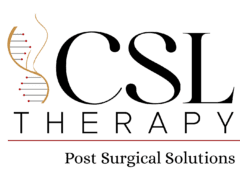Reopening Incisions with Q-Tips
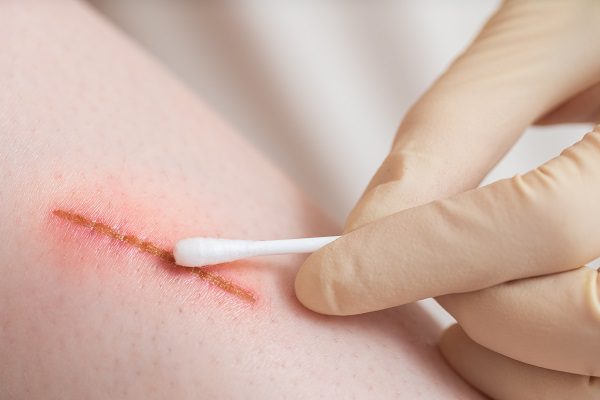
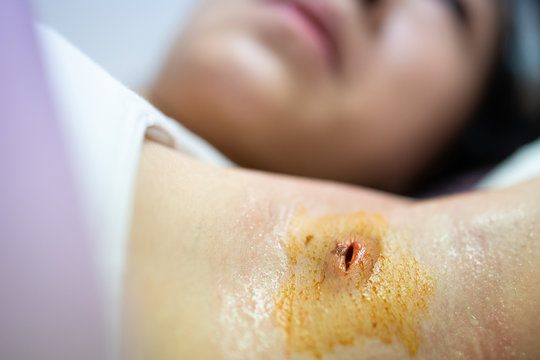
The practice of incisional sciences, handling clients who fill with fluid is a delicate balance of working with already open incisions + encouraging the body to internally process the fluid. Within the realm of healthcare, particularly in the context of post-operative care, the use of Q-tips for reopening incisions has raised concerns and sparked discussions regarding the appropriateness and safety of such an approach. The purpose of this blog is to underscore the reasons why this method is deemed inappropriate and unsuitable, especially within the framework of Incisional Sciences in the CSL Therapy context.
Handling incisions
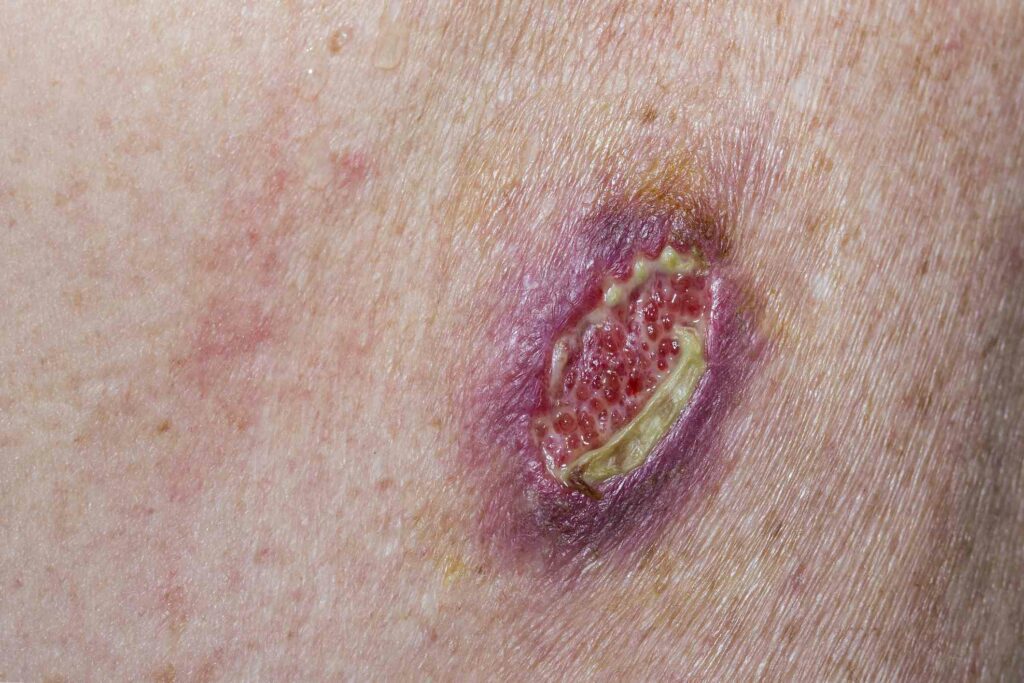
When it comes to handling open incisions, maintaining a sterile environment is top priority. Q-tips, despite their common use in everyday settings, do not align with the strict hygienic standards required for Incisional treatments after surgery. These cotton-tipped applicators lack the necessary sterilization protocols and are vulnerable to contamination risks. Given that incisions are susceptible to infections and other complications, the use of Q-tips introduces foreign particles and fibers, potentially leading to severe repercussions for the patient’s recovery process.
Origins of Q-Tip opening
Around 2018-2019 there was a huge infection explosion among surgery centers in Miami, FL resulting in facilities being fined and shut down, as reported on by Local 10 news. What wasn’t included in the article were the amount of cosmetic tourism visa employees posing as massage therapists, working on clients in these facilities applying improper treatments. These techniques were done with q-tip reopening of incisions that encouraged the spread of infections through the facilities.
Over the next few years, profits began to trump ethics. Providers began flying to various countries seeking these treatment trainings from Colombia and the Dominican Republic; these trainings were taught with no accrediting, no research purview, and little to no scientific theory. And then brought back to the states even though they don’t [and never will] align with American healthcare. A provider has to pause and ask “what is a client’s safety, health, & life worth?“
Implications of Q-tip reopening
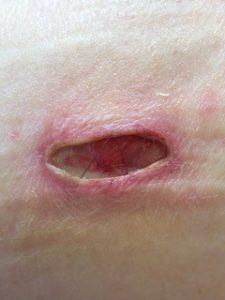
The implications of using Q-tips go beyond the aspect of hygiene and touch upon the legal and professional standards set forth by various healthcare regulatory bodies. Adherence to the Occupational Safety and Health Administration (OSHA) guidelines and Health Insurance Portability and Accountability Act (HIPAA) laws prohibits this act in maintaining patient ethics, safety, and well-being. Implementing measures that prioritize the use of sterilized, medical-grade equipment is a mandatory requirement for compliance with CSL regulations and ensures that healthcare professionals uphold their ethical and legal obligations in providing quality patient care.
Moreover, recognizing the specific boundaries of practice within the American healthcare system is the foundation of patient care— helping should never hurt; the desire of a professional to want to help a client (or themselves financially) shouldn’t outshine the harmful implications from poor training and treatments. Providers are held to rigorous standards and must operate within the scope of practice designated by their licensure and training. Deviating from these standards, as in the case of reopening incisions with Q-tips, not only represents a violation of professional conduct but also undermines the fundamental principles of patient safety and care.
Conclusion
As professionals in the healthcare industry, it is our collective responsibility to prioritize patient safety and well-being by upholding the highest standards of hygiene, adhering to legal regulations, and operating within the scope of our designated practices. It is our professional advice to ward against this practice, and to avoid any professionals that use Q-Tips to reopen incisions. By advocating for the utilization of appropriate medical tools and sterile equipment, we can ensure that patients receive the best possible care and experience optimal recovery outcomes in their post-operative journey.
This article is apart of an advisory collection that serves as a critical reference point for esteemed entities, including policymakers, health departments, and Boards of Physicians, in their pursuit of formulating and establishing American Healthcare Standards. Upholding the highest echelons of quality healthcare and adhering to the most stringent medical principles, this blog aims to contribute to the overarching framework of best practices and guidelines within the healthcare industry. By emphasizing the importance of maintaining exemplary hygiene standards, respecting legal regulations, and honoring professional boundaries, this collection advocates for a healthcare landscape that prioritizes patient safety and well-being above all else. It is with this unwavering commitment to excellence that we aim to guide and inform the decisions of healthcare stakeholders and policymakers, ensuring that every individual receives the utmost care and attention in their medical journey.
